Fijian Food Dishes: Basic Overview
Common Ingredients
Common Cooking Methods
Courses
Meals
Key Taste
Eating Etiquette
Meal Presentation
Culinary Festivals
Influence and Fusion
Popular Types of Fijian Dishes
-
Bread and doughs
In Fijian cuisine, the bread is often soft and enriched, incorporating coconut milk for a distinct tropical flavor and moist texture.
Traditional baking methods include steaming or baking in an earth oven, contributing to the unique characteristics of Fijian bread.
-
Grilled and barbecued dishes
Grilled and barbecued dishes in Fijian cuisine highlight the fresh, local seafood and meats.
The technique of grilling, often over an open flame, imparts a delightful char and smokiness that is highly prized.
Seafood, such as mahi mahi, is marinated with spices and lightly coated with oil to preserve its moisture and tenderness upon grilling.
-
Cakes and pastries
Cakes and pastries in Fijian cuisine celebrate local ingredients like coconut, cassava, and tropical fruits, often enhanced with spices brought through historical trade and migration.
From the dense and sweet vakalavalava, a traditional cassava cake, to the indulgent and moist Fijian mud cake, these desserts reflect a diverse culinary heritage.
Fijian dishes are delicacies commonly savored in Fiji, a country located in the South Pacific Ocean, part of the continent of Oceania. The cuisine reflects a blend of indigenous Fijian, Indian delicacies, Chinese culinary items, and European specialties, showcasing a rich cultural heritage.
Key components of Fijian cuisine include seafood, root vegetables like taro and cassava, and coconut-based dishes.
Seafood is abundant, with fresh fish, prawns, and crabs being staples. Root vegetables are central, often prepared by boiling or steaming, and are also featured in the traditional “lovo” feast, where food is slow-cooked in a pit oven over hot stones.
The flavors of Fijian cuisine combine the sweetness of coconut and root vegetables with the savory notes of seafood and meats, spiced up by Indian influences with garlic, ginger, and chili.
Indo-Fijian cuisine adds complexity with its curries and roti, reflecting the spices and techniques introduced by Indian laborers during the colonial era.
Desserts and snacks often include local ingredients like cassava and coconut, with traditional sweets such as “vakalolo” and steamed coconut puddings flavored with spices like ginger and cardamom.
Fijian meals are typically communal, reflecting the culture’s emphasis on sharing and social connection. Whether in daily meals or special occasions like a lovo feast, sharing food is an integral part of Fijian dining.
In addition to exploring the most beloved Fijian dishes, I dive into the traditional foods of Fiji, uncovering their global appeal and the secrets to their health benefits.
You’ll also get insights into Indo-Fijian cuisine, learn about Fijian dining customs, and find out how to perfectly pair dishes and beverages.
Explore the rich flavors of Fiji right now!
19 Most Popular Fijian Dishes with Filters
Explore the best 19 Fijian dishes, meticulously curated based on their popularity. Feel free to use the handy filter to sift through by ingredients, tastes, cooking styles, dish categories, and when they’re best enjoyed.
From cherished traditional recipes and beloved national dishes to creative fusions, street snacks, and exotic treats, find your next favorite Fijian delight with ease.
Exotic dishes in Fijian cuisine feature unique ingredients and preparation methods that may be unfamiliar to outsiders.
Fusion dishes in Fiji blend local culinary traditions with foreign influences, reflecting the island’s multicultural history.
Kokoda
- Exotic
- National
- Traditional
Kokoda is a traditional Fijian dish made from raw fish marinated in citrus juice, typically lemon or lime, and mixed with coconut milk. This dish is often enhanced with diced vegetables such as cucumber, tomato, onion, and sometimes spicy peppers.
Kokoda is similar to the Latin American ceviche but is distinct in its use of coconut milk, which adds a creamy texture and flavor. It is a beloved part of Fijian cuisine and reflects the islands’ rich seafood tradition.
While kokoda is particularly popular in Fiji, variations of this dish can be found across the Pacific Islands, where it goes by different names such as ‘ota ‘ika in Tonga and ika mata in the Cook Islands.
Fish Suruwa
- Fusion
- Traditional
Fish suruwa is a traditional Fijian fish curry that embodies the fusion of local and Indian culinary traditions, reflecting Fiji’s multicultural heritage.
This dish typically features fresh fish simmered in a fragrant blend of coconut milk, spices, and sometimes tomatoes, creating a rich and flavorful sauce.
The use of coconut milk is a testament to the island’s abundant coconut resources, while the spices reflect the influence of the Indian population brought to Fiji during the British colonial era.
Fish suruwa can vary in its level of spiciness and is often enjoyed with rice or root vegetables, making it a versatile and beloved part of Fijian cuisine.
Rourou
- Traditional
Rourou, also known as roro in some regions, is a traditional Fijian dish made from the leaves of the taro plant. These leaves are stewed in coconut milk and often flavored with onions, garlic, and sometimes spices, creating a rich and creamy dish.
Rourou can include various proteins like canned corned beef or tuna, and fresh lamb, making it a versatile and nourishing component of Fijian meals.
It’s commonly served alongside starchy staples like cassava or incorporated into roti, reflecting the influence of Indo-Fijian cuisine. This dish exemplifies the use of local ingredients and traditional cooking methods in Fijian cuisine.
Lovo
- Traditional
Lovo is a traditional Fijian dish, where meat, fish, and vegetables are slow-cooked in an underground oven with banana leaves.
This cooking technique imparts a distinctive smoky taste and softness to the food, making lovo a favorite at major Fijian festivities such as weddings and community gatherings.
The assortment of ingredients used, from root vegetables to different meats, highlights the diverse culinary heritage of Fiji.
Palusami
- Traditional
Palusami is a traditional Fijian dish made from young, tender taro leaves filled with coconut milk and sometimes a filling of corned beef, mutton, or fish.
It is a staple item in Fijian cuisine, often prepared for special occasions and served alongside other dishes in a lovo, which is a traditional Fijian method of cooking food in an earth oven.
Palusami is enjoyed for its creamy texture and rich, savory flavor, making it a beloved part of Fijian culinary tradition.
Vudi Vakasoso
- Traditional
Vudi Vakasoso is a traditional Fijian dessert that features the unique vudi fruit, a cross between a banana and plantain, as its main ingredient. This dish is characterized by its simplicity and the rich flavors imparted by stewing the vudi in coconut milk.
To enhance its taste, sugar, cinnamon, and cardamom are added, creating a delightful blend of sweetness and spice.
Purini
- Traditional
Purini, also known as burnt sugar pudding or pudini in Fijian cuisine, is a traditional dessert. It is a dense, steamed pudding that is highly regarded in Fijian households, often enjoyed either hot or cold and commonly spread with butter.
This dessert is characterized by its rich flavors derived from caramelized sugar, which gives it a distinctive color, along with other ingredients such as flour, baking powder, and sometimes cinnamon or raisins to enhance the taste.
Sapasui
- Fusion
- Street Food
Sapasui, often recognized as a Samoan chop suey, is a cherished dish within the Pacific Islands, including Samoa and Fiji. This dish is a testament to the fusion cuisine, blending elements from the traditional Chinese chop suey with local ingredients and preferences.
It’s a versatile dish that can be made with various types of meat such as chicken, beef, or pork, and it’s characterized by its use of vermicelli noodles, soy sauce, and a mix of vegetables like carrots, garnished with ginger for an added zest.
Sapasui can be enjoyed both as a main course or a side dish, making it a flexible option for various meal settings.
Vakalolo
- Street Food
- Traditional
Vakalolo is a traditional Fijian dessert made from grated cassava, coconut milk, sugar, and spices like ginger and cardamom. This mixture is shaped into small, flat cakes, wrapped in banana leaves, and then steamed.
The result is a dense, chewy, and sweet dish that has been enhanced with Indian spices, reflecting the fusion aspect of Fijian cuisine. Vakalolo is a beloved classic in many Fijian families and is often enjoyed as a dessert or snack.
Grilled Mahi Mahi
- Traditional
Grilled mahi mahi is a popular seafood dish in Fijian cuisine, known for its simplicity and the delightful flavor of the fish itself. Mahi Mahi, a type of warm-water fish found in the waters around Fiji and other tropical regions, is appreciated for its mildly sweet taste and firm texture.
In Fiji, the preparation of grilled mahi mahi involves seasoning the fish with various spices, and then coating it lightly with olive oil to ensure it remains moist and tender during the grilling process.
It is typically grilled for a few minutes on each side, just enough to cook it through while retaining its juiciness and flavor. The dish can be served as a main course, often accompanied by sides that complement the fish’s delicate taste.
Kuita Vakalolo
- Traditional
Kuita Vakalolo is a traditional Fijian dish known for its rich and creamy flavor profile, featuring octopus cooked in coconut cream. The preparation involves sautéing onions, garlic, and bell peppers, followed by adding the octopus and coconut milk to simmer until tender.
This dish is garnished with fresh cilantro and often served with rice or bread to soak up the delicious sauce.
Fish Lo Lo
- Street Food
- Traditional
Fish Lo Lo, a traditional Fijian dish, is made by cooking fresh fish in coconut milk, often seasoned with onions, tomatoes, and sometimes aromatic herbs.
This dish exemplifies the fusion of local seafood and coconut, two staple ingredients in Pacific Island cuisines. Fish Lo Lo is not only a beloved household meal but also features in communal feasts and celebrations, showcasing the rich culinary traditions of Fiji.
Fijian Mud Cake
- Traditional
Fijian mud cake is a rich and indulgent dessert that has become a beloved treat in Fijian cuisine. This cake is characterized by its dense, moist texture, similar to that of a brownie, and is made from a blend of dark chocolate and butter, often enhanced with a hint of vanilla.
The cake may also include chopped walnuts for added texture and flavor, making it a versatile dessert for various occasions. Typically, Fijian mud cake is served with a topping of whipped cream or a scoop of vanilla ice cream to complement its decadent chocolate flavor.
Fijian Mud Pie
- Traditional
Fijian mud pie is a luxurious dessert that first made its appearance in Fiji during the 1960s, introduced by American and Australian expatriates.
This dessert stands out for its decadent layers, starting with a crunchy biscuit base, followed by rich chocolate and coconut cream fillings, and topped off with a smooth chocolate ganache.
The pie’s name is inspired by its resemblance to the dark mud found in Fiji’s rivers and creeks, making it a visually striking treat. It has become a beloved choice in Fijian restaurants, often served with whipped cream or ice cream.
Vakalavalava
- Traditional
Vakalavalava is a traditional Fijian dessert known for its sweet and comforting flavors. This dish is made from grated fresh cassava combined with shredded coconut, sugar, and butter to create a rich and dense texture.
Once mixed, the ingredients are baked until they form a delightful cake-like consistency. Vakalavalava can be enjoyed in its simplest form or enhanced with various toppings such as sweetened condensed milk, custards, creams, or syrups to add an extra layer of indulgence.
Variations of this dessert enriched with mashed bananas or coconut milk, adding a unique twist to the traditional recipe, are common.
Roti
- Fusion
- Traditional
Roti in Fijian cuisine is a traditional flatbread that has become a staple food item influenced by the Indian culinary traditions brought to Fiji by Indian indentured laborers in the late 19th century.
This simple yet versatile dish is made primarily from flour, water, and sometimes a bit of oil or butter, and is cooked on a tawa (flat griddle) until golden and slightly crispy.
Fijian Roti is cherished for its flaky texture and slightly chewy consistency, often served alongside curry or used as a wrap for various fillings, embodying a delightful fusion of Fijian and Indian culinary practices.
Lolo Bun
- Street Food
- Traditional
Lolo bun, also known as Fijian coconut bun, is a traditional sweet bread from Fiji. This dish is recognized for its soft, enriched bread dough that’s distinguished by a unique baking method involving coconut milk.
After the dough is prepared and allowed to rise, it’s shaped into buns and arranged in a baking dish. A significant step in the preparation involves pouring coconut milk over the risen dough before baking, which steams the buns in the oven, creating a moist base and a flavorful infusion of coconut throughout the bun.
The buns are baked until golden brown and have a slightly sweet, coconut-rich taste, often enjoyed warm with butter or jam. It is a cherished part of Fijian cuisine for everyday enjoyment and special occasions alike.
Mithori Curry
- Fusion
- Traditional
Mithori curry (a Bihari delicacy) is a common dish among most Indo-Fijians. This dish represents a fusion of Fijian and Indian cuisine, showcasing the multicultural aspect of Fijian culinary practices.
Mithori curry is an amalgamation of a wide range of dals, including mung dal, urad (black gram), arhar (pigeon pea), and eggplant.
Sattu
- Fusion
- Traditional
Sattu, significant among the Indo-Fijian community, is a high-protein cereal made from a blend of grains including maize, sorghum, cow pea, pigeon peas, green gram, black gram, and rice.
This staple food, rooted in the culinary traditions of Bihar and Uttar Pradesh in India, is shaped into round laddoos mixed with homemade honey and milk. It’s a part of the diverse culinary landscape of Fiji, reflecting the Indian influence on the island’s cuisine.
What Are the Characteristics of Indo-Fijian Cuisine?
Indo-Fijian cuisine represents a unique blend of traditional Indian culinary practices with the distinct flavors and ingredients of Fiji.
This fusion cuisine has evolved through the history of Indian indentured labor brought to Fiji in the late 19th and early 20th centuries, creating a rich culinary tradition that is deeply rooted in Indian flavors yet uniquely adapted to the Fijian environment.
Below are key characteristics of Indo-Fijian cuisine:
Moving further, uncover the nuanced world of Fijian dining etiquette.
What Is Fijian Dining Etiquette?
Here’s a structured guide to understanding and navigating dining practices in Fiji:
Understanding Fijian dining etiquette, which emphasizes communal eating and respect for food, enhances the dining experience, preparing one for the perfect pairing of beverages.
Which Are the Best Beverages to Accompany Fijian Dishes?
Here’s a selection of drinks that are traditionally or popularly paired with Fijian meals:
These beverages of Fijian cuisine, each in their own way, contribute to the enjoyment and appreciation of Fijian cuisine, enhancing the flavors and experience of the meal.
If you find this post helpful for your next trip to this island country, don’t hesitate to share this post on your social media pages or with family and friends.
Additionally, I’d love to hear your thoughts and experiences with Fijian cuisine. Drop a comment below and let me know your insights. Thank you!






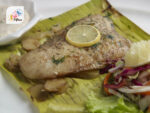
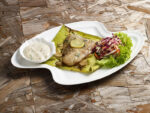
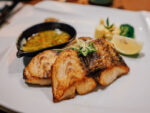
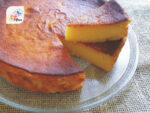
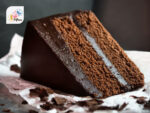
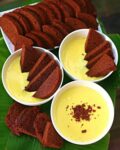
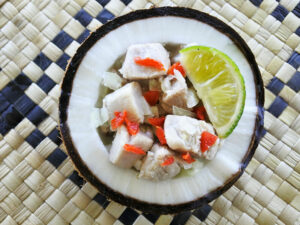
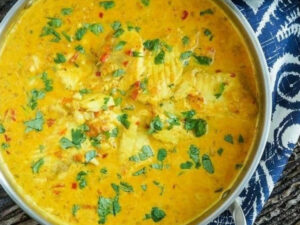
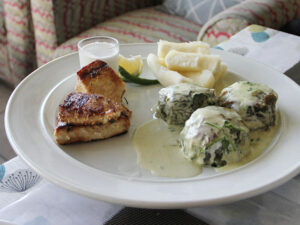
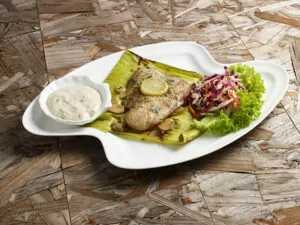
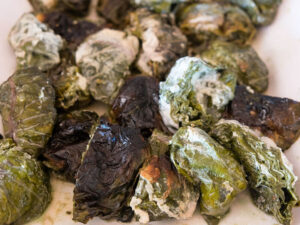
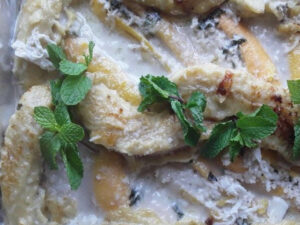
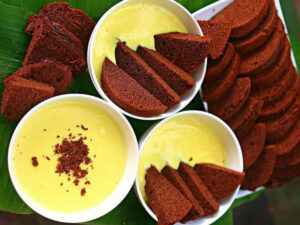
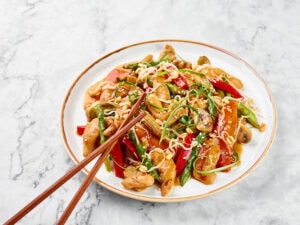
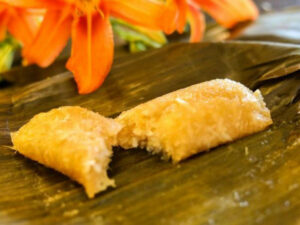
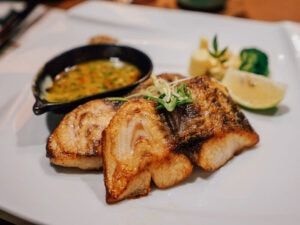
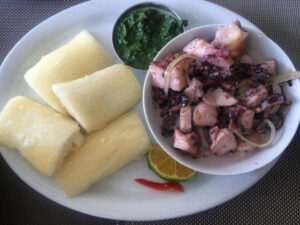
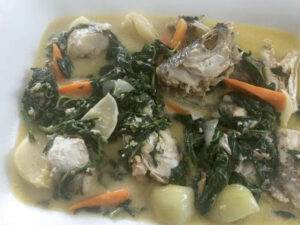
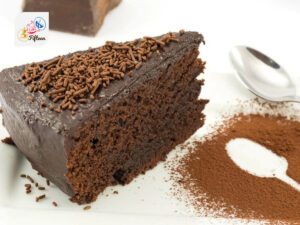
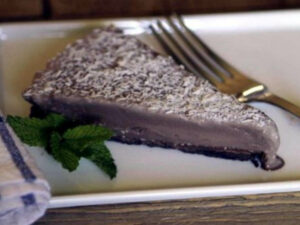
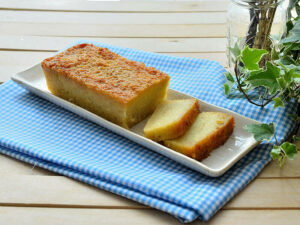
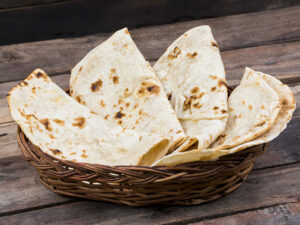
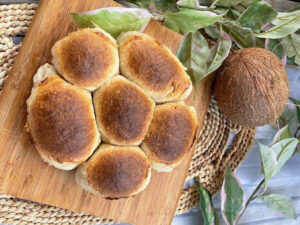
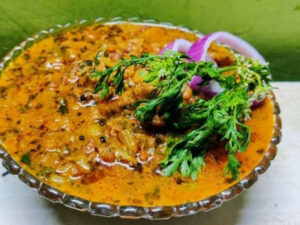
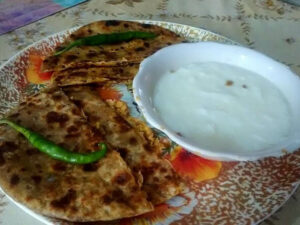
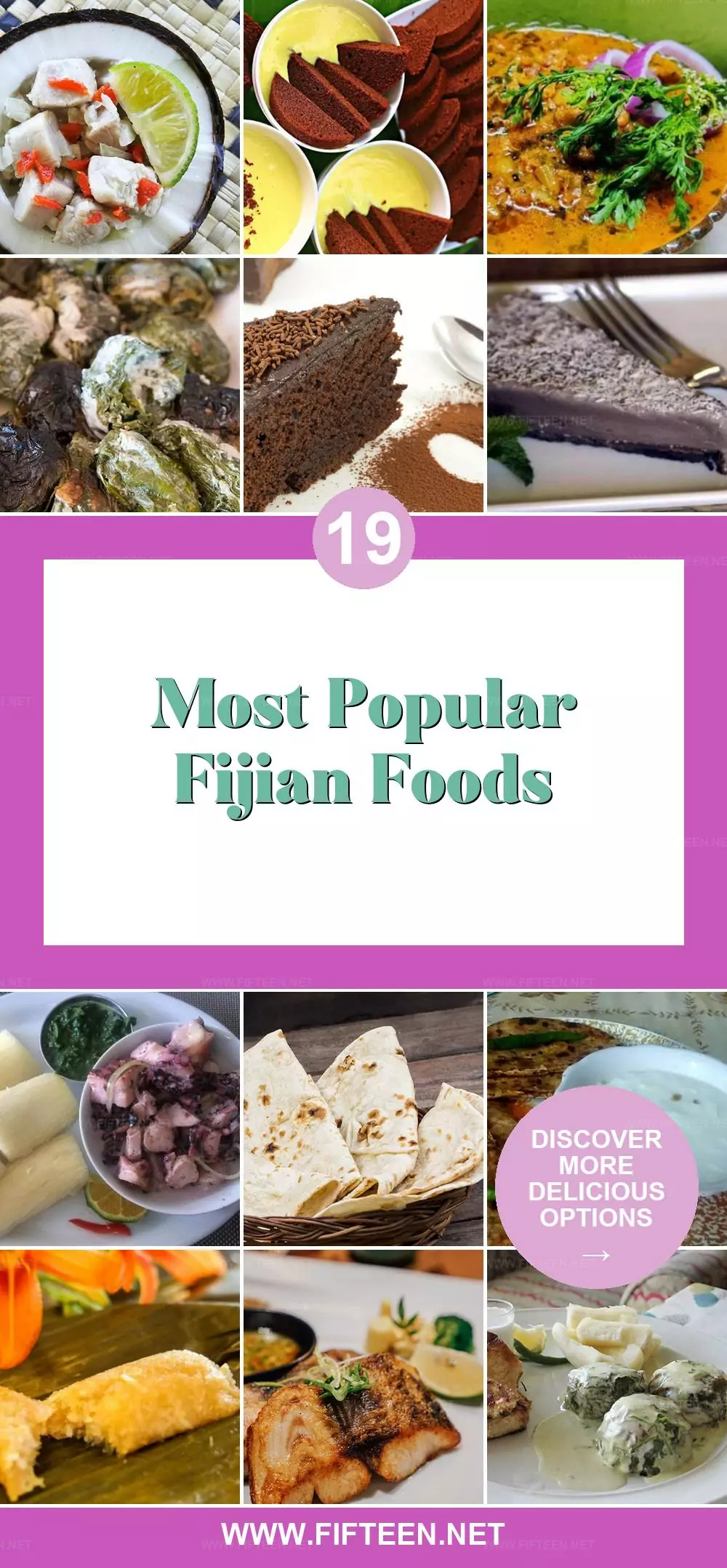
Jamie Scott
Editor in Chief, Senior Content Writer
Expertise
Home Cooking, Meal Planning, Recipe Development, Baking and Pastry, Food Editor, Cooking-video Maker, Western Food Evaluation Expert
Education
Le Cordon Bleu College of Culinary Arts
Local Community College, New York, NY
Jamie Scott is a skilled culinary expert and content creator specializing in Western cuisine. With over 15 years in the culinary field and formal training from Le Cordon Bleu, Paris, Jamie deeply understands how to blend nutrition with delicious flavors. His passion for cooking matches his commitment to making healthy eating accessible and enjoyable.
On Fifteen.net, Jamie brings a fresh perspective to classic dishes and beverages, offering readers insightful recipes, cooking tips, and a fresh view on meal planning that emphasizes taste, health, and simplicity.